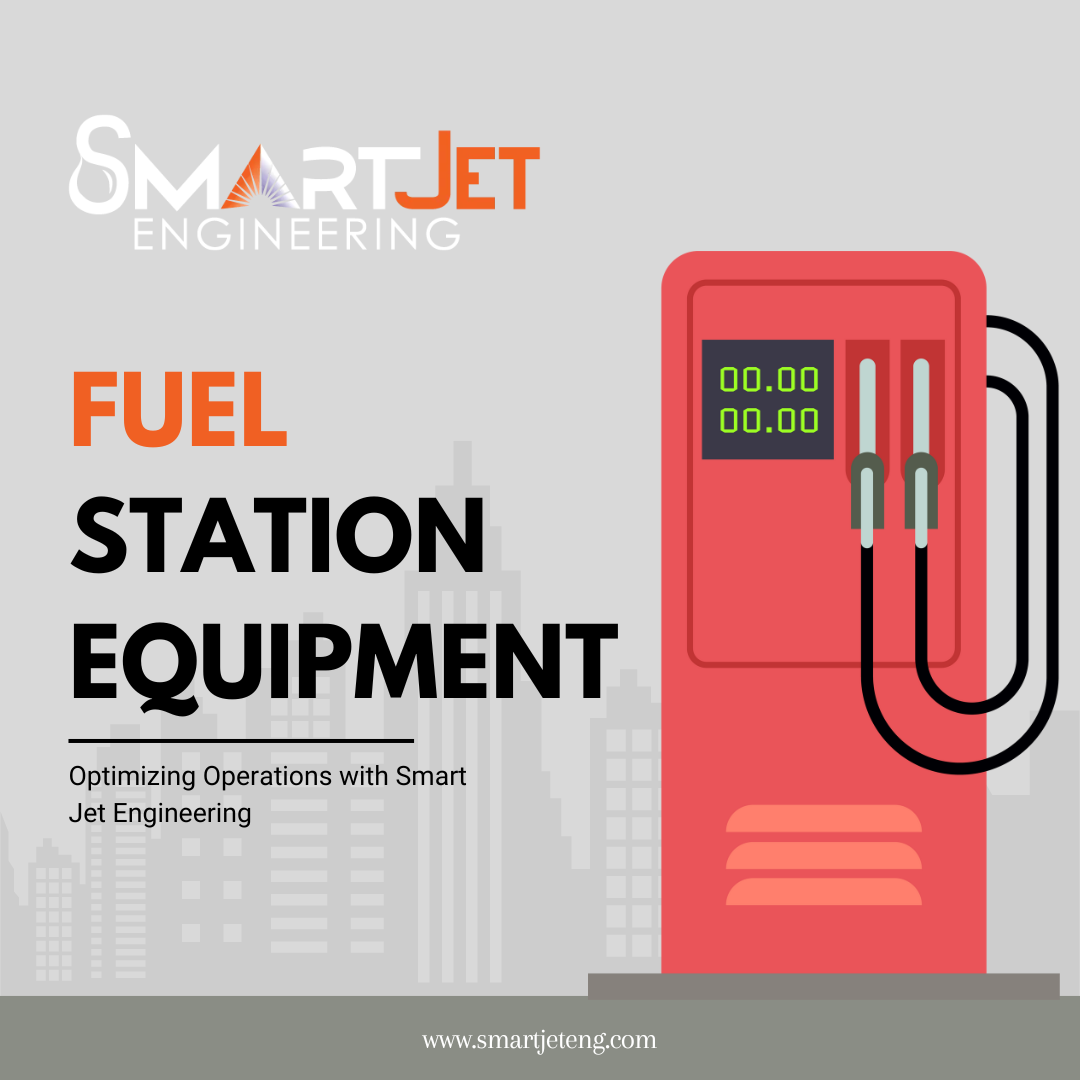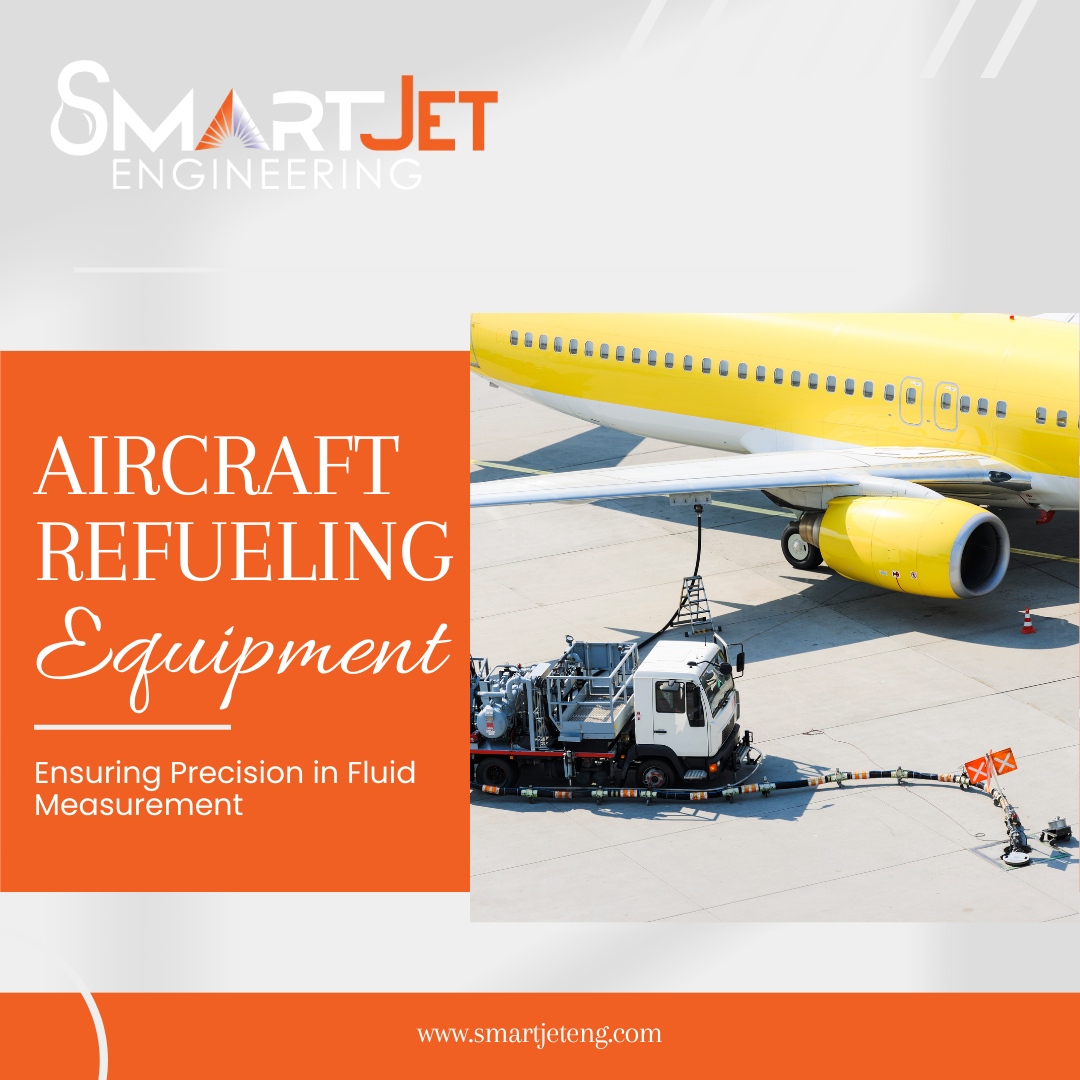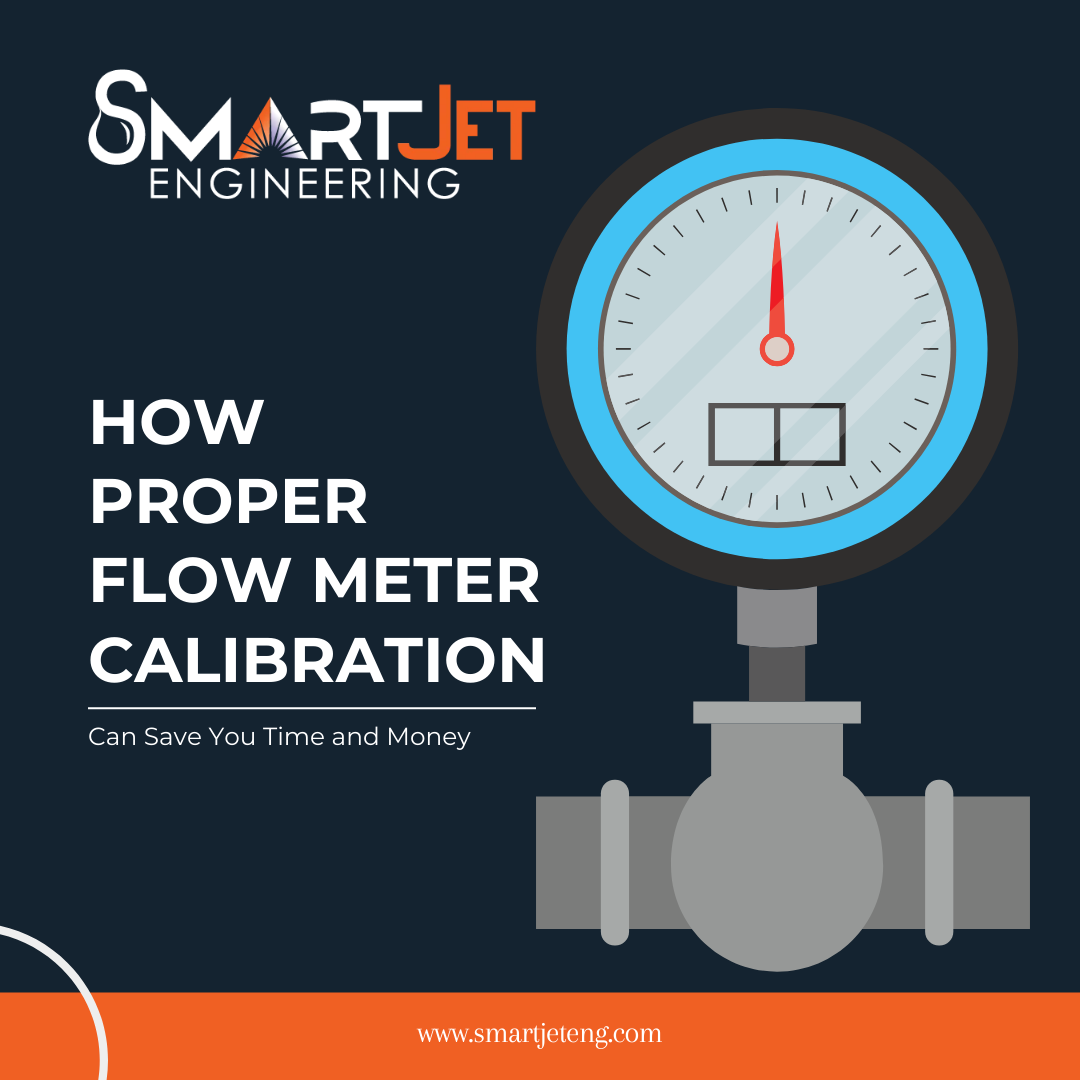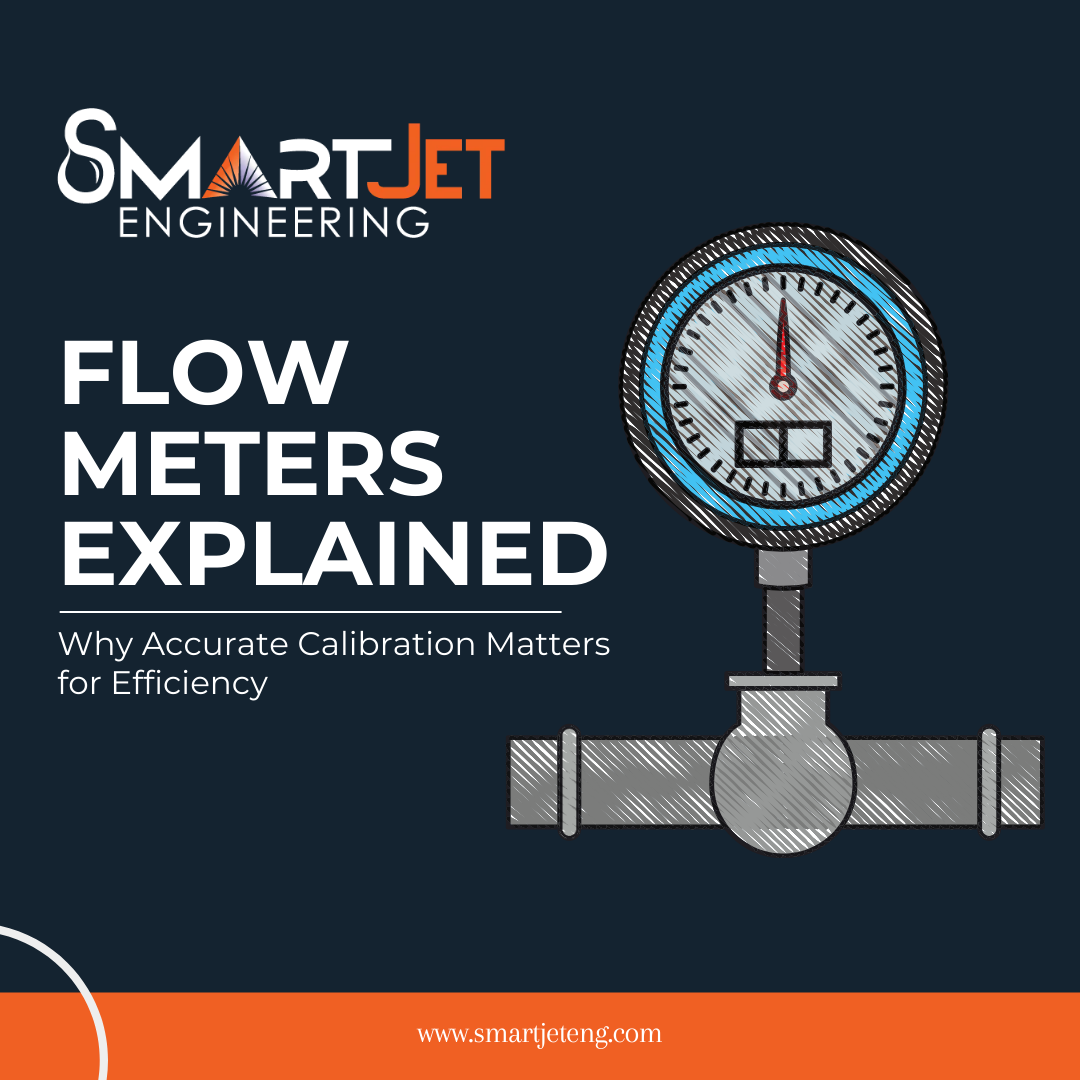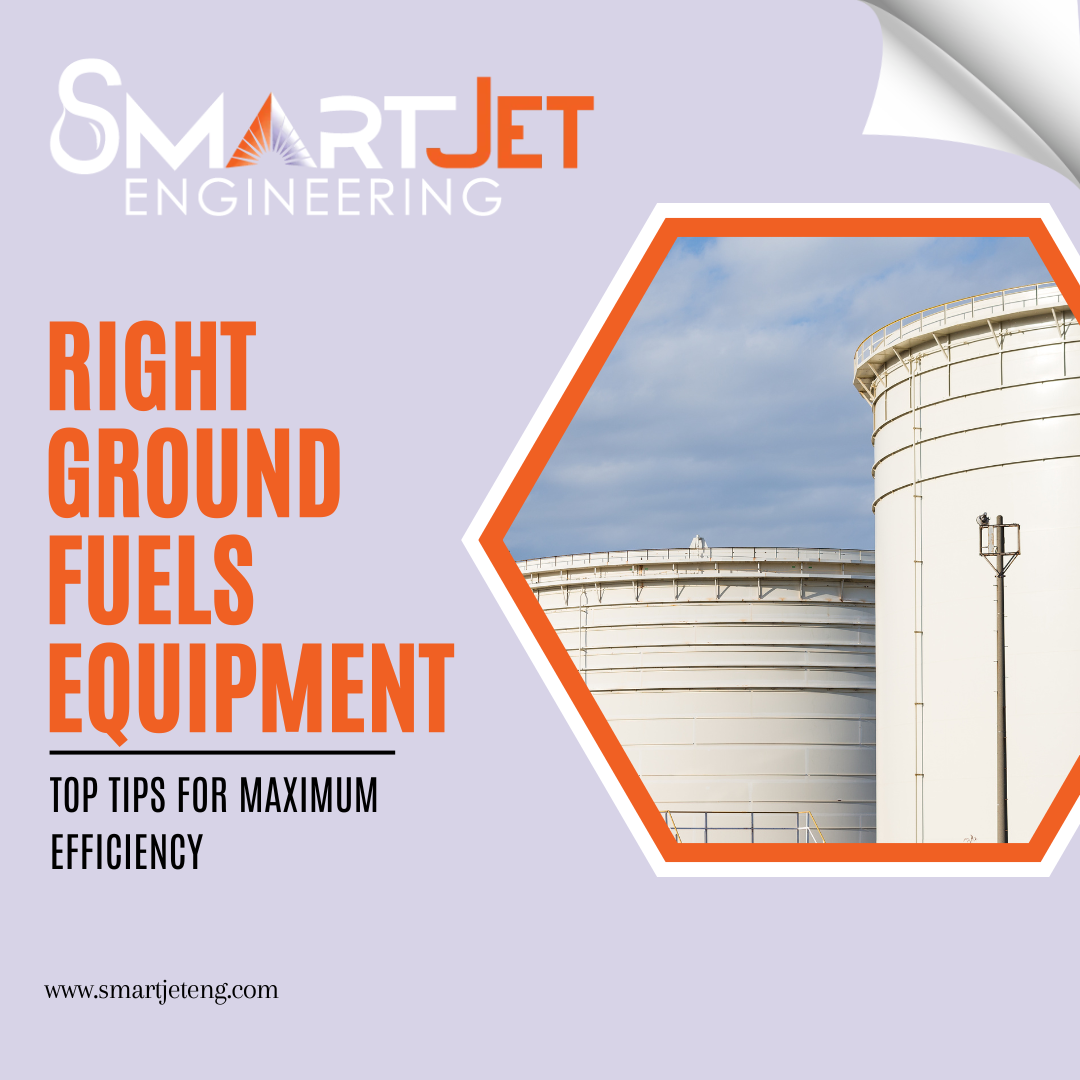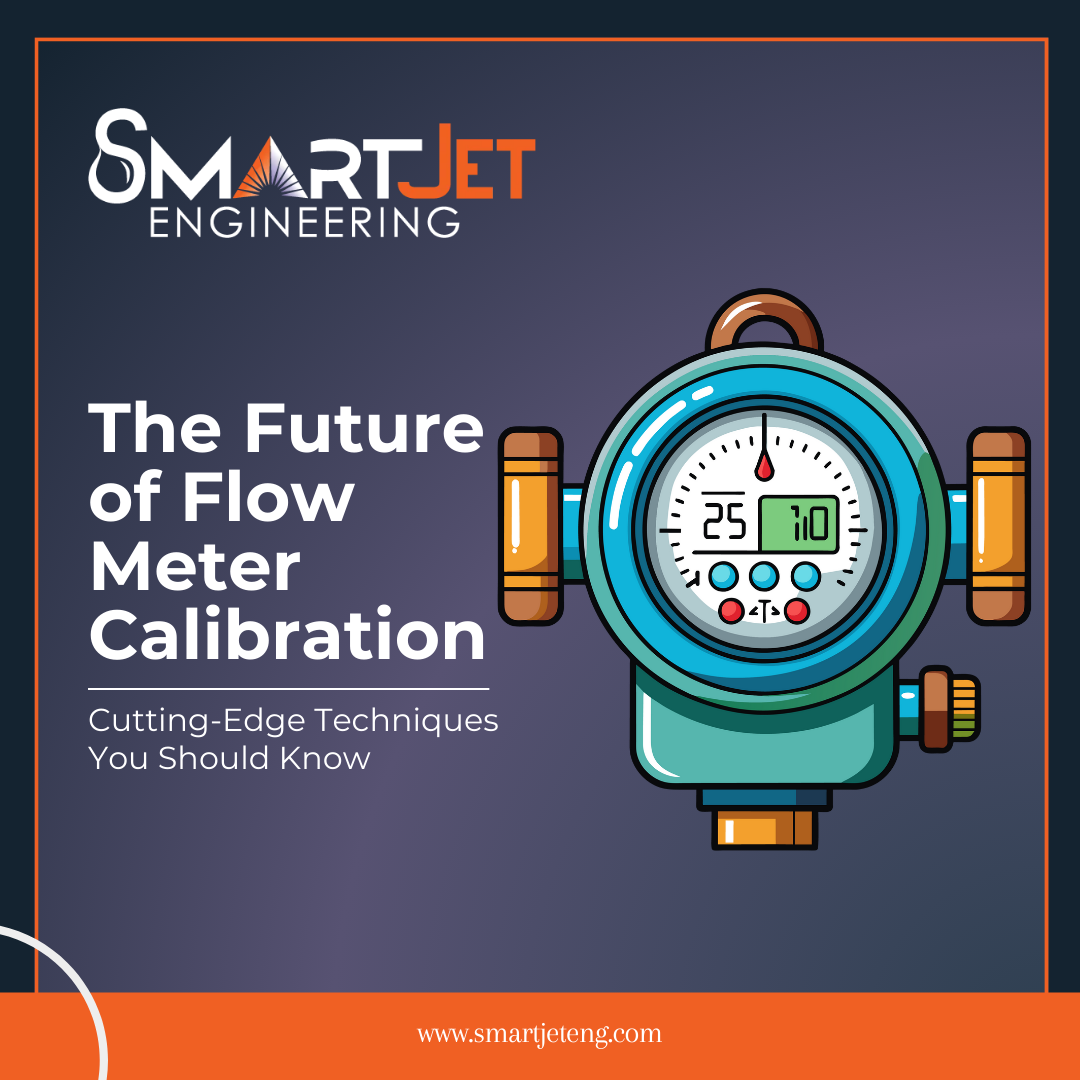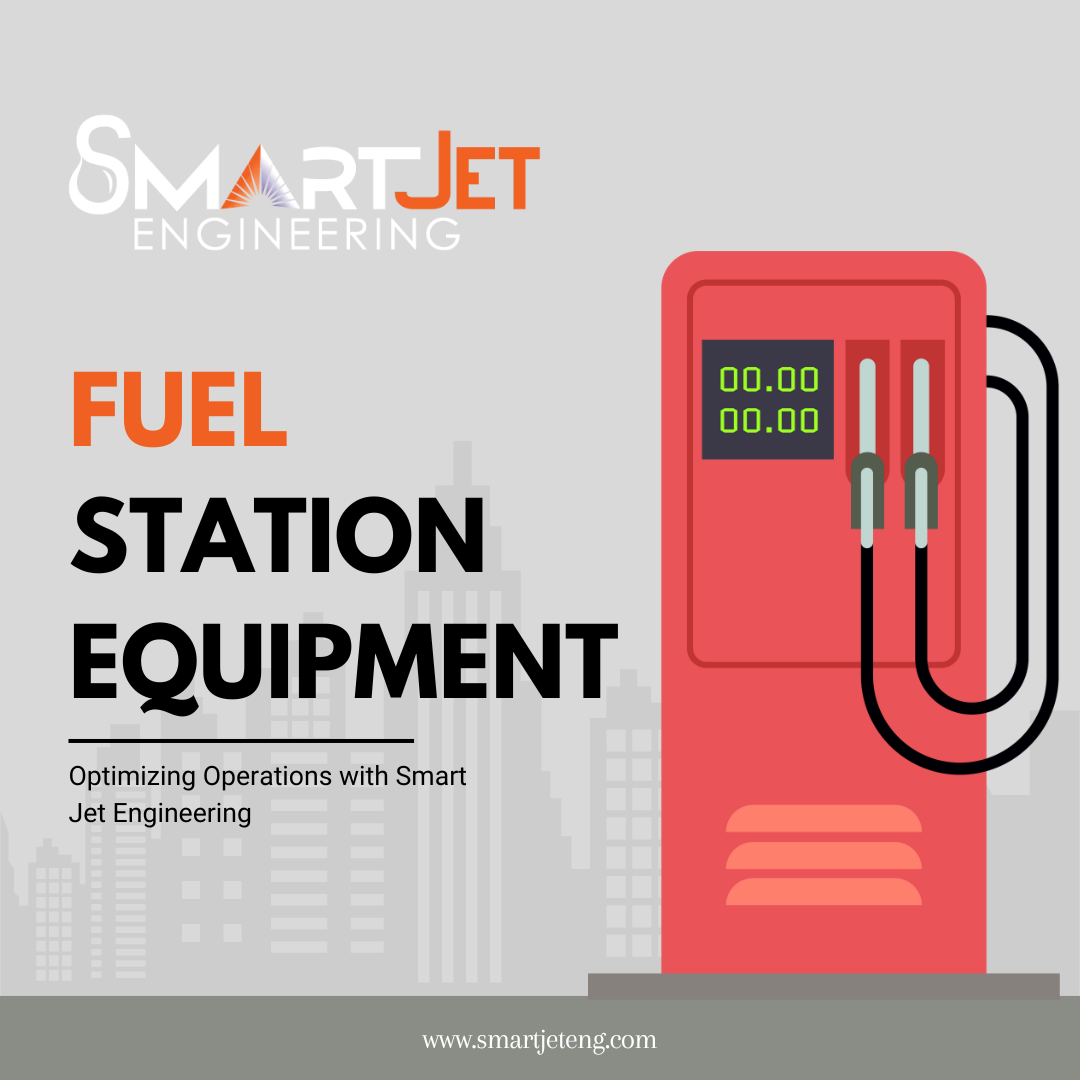Flow Meter Calibrations
By - Admin

Flow Meter Calibrations: A Comprehensive Guide
Flow meters are essential devices in a wide range of industries, used to measure the flow rate of liquids, gases, or slurries in pipelines. Whether in water treatment plants, chemical processing facilities, or fuel stations, accurate flow measurement is crucial for maintaining efficiency, safety, and regulatory compliance. However, even the most advanced flow meters can drift from their original accuracy over time due to wear and tear, environmental conditions, or process changes. This is where flow meter calibration comes into play.
In this guide, we’ll explore the importance of flow meter calibration, how it’s done, and why it’s essential for ensuring accurate, reliable measurements.
What is Flow Meter Calibration?
Flow meter calibration is the process of comparing a flow meter’s readings with a known reference or standard to ensure its accuracy. This procedure adjusts the meter so that its output matches the correct flow rates as closely as possible. Calibration is typically performed under controlled conditions and involves passing a known quantity of fluid or gas through the meter to verify its accuracy against the reference.
Why is Flow Meter Calibration Important?
The accuracy of a flow meter directly impacts the quality of data and measurements within a process. Inaccurate measurements can lead to significant issues, including:
- Inefficiency: Misreading flow rates can cause under or overuse of resources, leading to inefficiencies in operations.
- Safety Hazards: In industries like chemical processing or fuel management, inaccurate flow readings can result in dangerous situations, such as overfilling tanks or improper mixing of chemicals.
- Compliance Issues: Many industries are subject to strict regulations that require accurate flow measurement. An uncalibrated flow meter could lead to non-compliance with legal standards, potentially resulting in fines or shutdowns.
- Costly Errors: Inaccuracies in flow measurement can lead to product waste, energy loss, or errors in billing, particularly in industries where customers are billed by the volume of product consumed (e.g., utilities).
When Should Flow Meters Be Calibrated?
There’s no one-size-fits-all answer to how often a flow meter should be calibrated, as it depends on several factors, including the type of flow meter, its application, and the manufacturer’s recommendations. However, here are some general guidelines:
- Annually: Many industries recommend calibrating flow meters at least once a year to ensure accuracy.
- After Installation: Whenever a new flow meter is installed, it’s a good idea to calibrate it before use to ensure it’s working correctly in your specific process.
- After Repairs: If a flow meter has been repaired or serviced, calibration is necessary to ensure the adjustments haven’t affected its accuracy.
- After Exposure to Harsh Conditions: Meters that are exposed to extreme temperatures, pressure changes, or corrosive fluids may need more frequent calibration.
Types of Flow Meters
Before diving into the calibration process, it’s important to understand that different types of flow meters may require different calibration techniques. Some common types include:
- Coriolis Flow Meters: Known for their high accuracy, Coriolis flow meters measure the mass flow of liquids and gases by using the Coriolis effect. They are widely used in chemical and pharmaceutical industries.
- Ultrasonic Flow Meters: These meters use sound waves to measure flow rates. They are commonly used in water and gas applications and are non-intrusive, meaning they don’t require contact with the fluid.
- Turbine Flow Meters: These meters measure flow by detecting the velocity of a fluid flowing through a rotor. They are typically used in water, oil, and gas industries.
- Differential Pressure Flow Meters: These devices measure the pressure drop across an orifice or nozzle to calculate flow rates. They are often found in HVAC systems and steam applications.
Each type of flow meter has its calibration requirements and methods, so it’s essential to follow the manufacturer’s guidelines.
The Calibration Process: How Flow Meters Are Calibrated
Flow meter calibration can be performed in various ways, but the goal is always the same: to compare the flow meter's output with a known reference and make adjustments as needed. Here’s a step-by-step overview of the calibration process:
1. Setting Up Calibration Equipment
To begin, the calibration technician sets up the required equipment, including a calibration standard (often a reference flow meter or a weigh scale) that has been previously certified and is traceable to national or international standards. The calibration medium (liquid or gas) is chosen based on the type of flow meter and its application.
2. Establishing Reference Flow
A known reference flow rate is established. This is the standard against which the flow meter will be compared. The reference flow is typically generated using a high-accuracy flow meter or by measuring the volume of fluid passing through the system over time.
3. Running the Calibration Test
Once the reference flow is set, the fluid or gas is passed through the flow meter being calibrated. The technician compares the meter’s readings to the reference flow and notes any discrepancies.
4. Making Adjustments
If discrepancies are found, adjustments are made to the flow meter’s internal settings or calibration constants. The goal is to bring the flow meter’s readings in line with the known reference values.
5. Verification
After adjustments are made, the technician reruns the test to verify that the flow meter is now reading correctly. Multiple flow rates are often tested to ensure the meter’s accuracy across its entire operating range.
6. Documenting the Calibration
Once the calibration is complete, the results are documented in a calibration report. This report typically includes the flow meter’s identification details, the calibration date, the reference equipment used, and the results of the calibration (including any adjustments made). This documentation is essential for compliance purposes and to maintain a calibration history.
Calibration Methods
There are several methods for calibrating flow meters, depending on the type of meter and the application. Here are some common methods:
Gravimetric Calibration
This method involves weighing the amount of fluid that flows through the meter over a specified period. The mass of the fluid is then compared to the flow meter’s reading. Gravimetric calibration is considered one of the most accurate methods, especially for liquid flow meters.
Volumetric Calibration
Volumetric calibration measures the volume of fluid that passes through the meter during a set time. This method is commonly used in water and oil applications and requires precise volumetric containers or tanks.
Master Meter Calibration
In this method, a highly accurate "master" flow meter is used as the reference. The flow from the process is diverted through both the master meter and the meter under test. The readings from the master meter are then compared to the test meter, and adjustments are made if necessary.
Comparison with Standards
For gas flow meters, calibration is often done by comparing the test meter’s readings to a certified gas flow standard. This method is commonly used for calibrating meters in HVAC or compressed air systems.
Maintaining Calibration Accuracy
Once a flow meter has been calibrated, it’s essential to maintain its accuracy over time. Here are some tips to ensure your flow meters continue to perform reliably:
- Regular Calibration: Schedule regular calibration intervals based on the manufacturer’s recommendations and your operational needs.
- Environmental Considerations: Ensure that the meter is operating within its specified temperature, pressure, and flow range.
- Proper Installation: Make sure that the flow meter is installed according to the manufacturer’s guidelines to avoid errors caused by turbulence or improper pipe alignment.
- Monitor for Drift: Over time, flow meters can drift from their calibrated settings. Monitoring the output regularly and comparing it with expected values can help detect any issues early.
Conclusion
Flow meter calibration is a vital process that ensures your flow measurement devices are working accurately and efficiently. Whether you’re in manufacturing, utilities, or any industry where precise flow measurements are essential, regular calibration helps maintain safety, efficiency, and compliance with regulations.
By understanding the calibration process, the types of flow meters, and the best practices for maintaining accuracy, you can ensure that your operations run smoothly and without costly errors. Always remember to follow the manufacturer’s recommendations and work with qualified professionals when it comes to calibrating your flow meters to ensure top performance over time.
FAQs
Q.1 How often should flow meters be calibrated?
Most flow meters should be calibrated annually, but high-use or mission-critical meters may need more frequent calibration.
Q.2 What is the most accurate method of flow meter calibration?
Gravimetric calibration is often considered the most accurate, especially for liquid applications.
Q.3 Can I calibrate a flow meter myself?
It’s recommended to use professional calibration services, as they have the necessary equipment and expertise to ensure accurate results.
Q.4 Why do flow meters lose accuracy over time?
Environmental factors, mechanical wear, and exposure to harsh conditions can cause flow meters to drift from their original accuracy.
Q.5 What is the difference between gravimetric and volumetric calibration?
Gravimetric calibration measures the mass of the fluid, while volumetric calibration measures the volume. Gravimetric is typically more accurate, especially for dense or viscous fluids.









